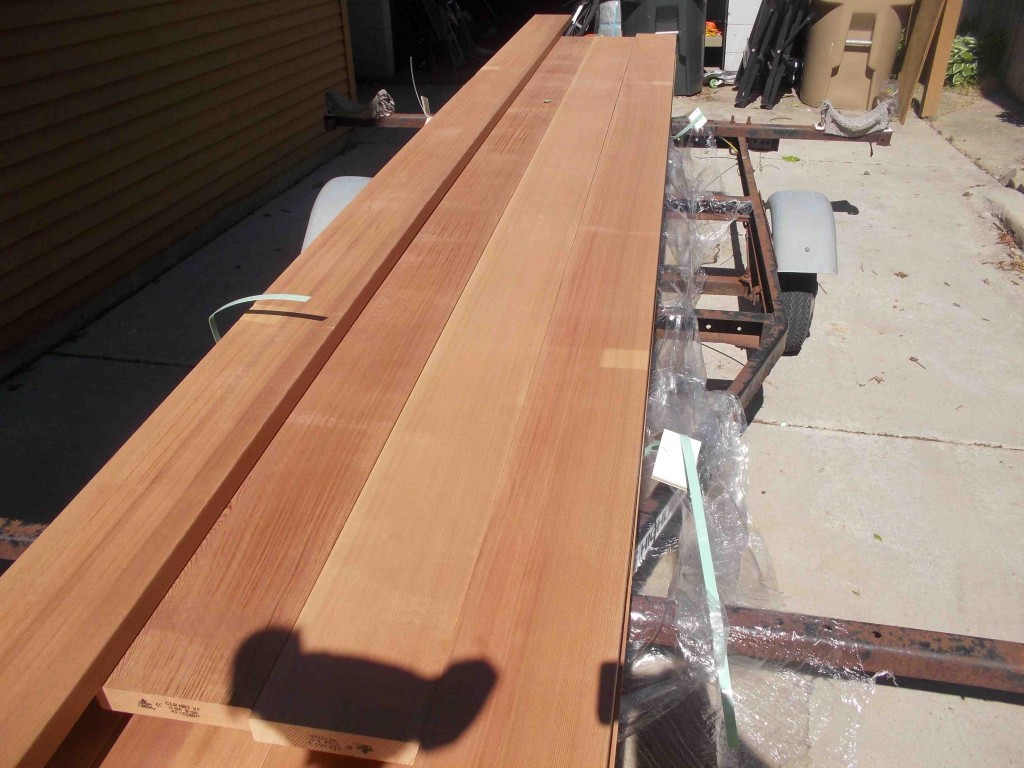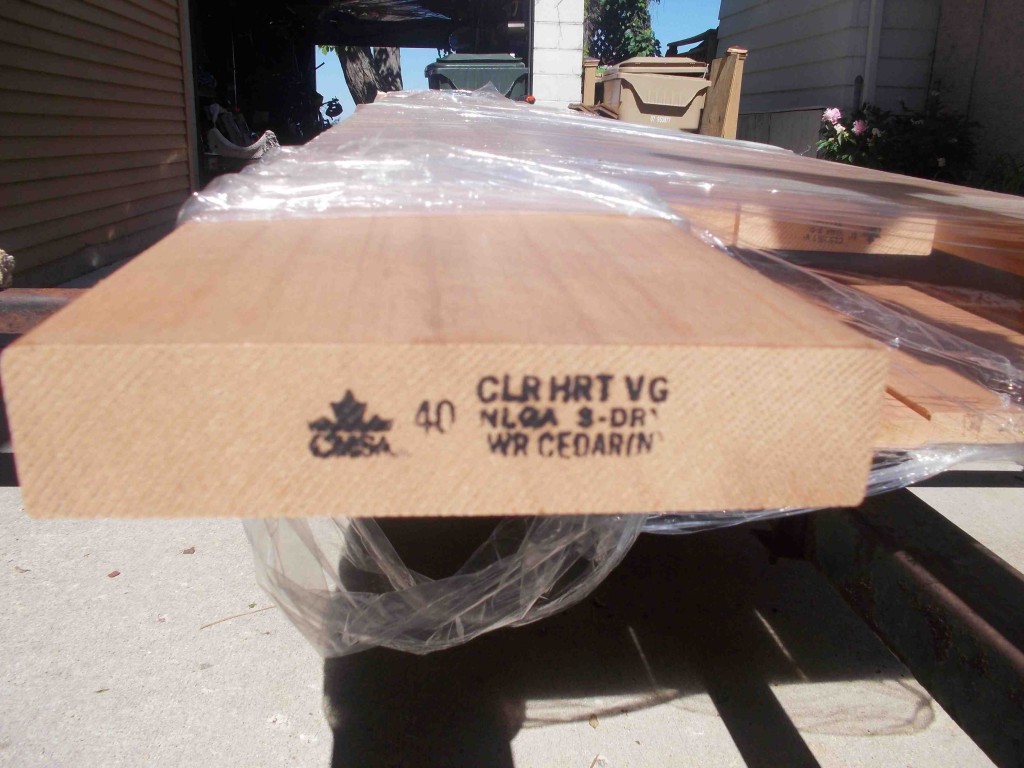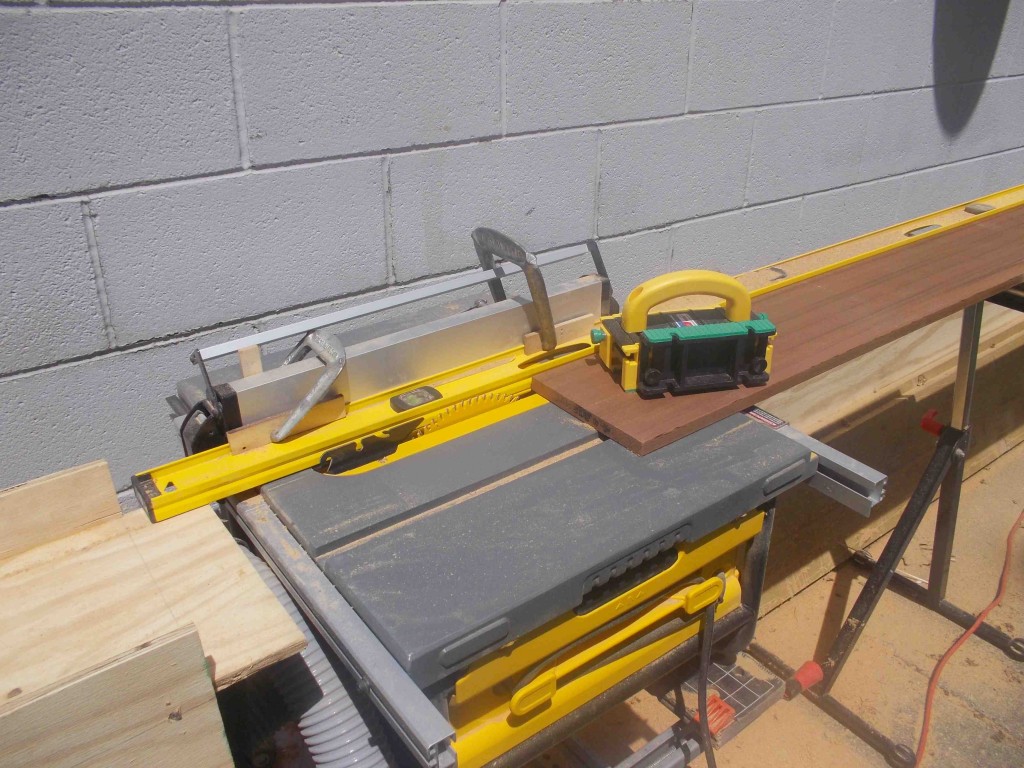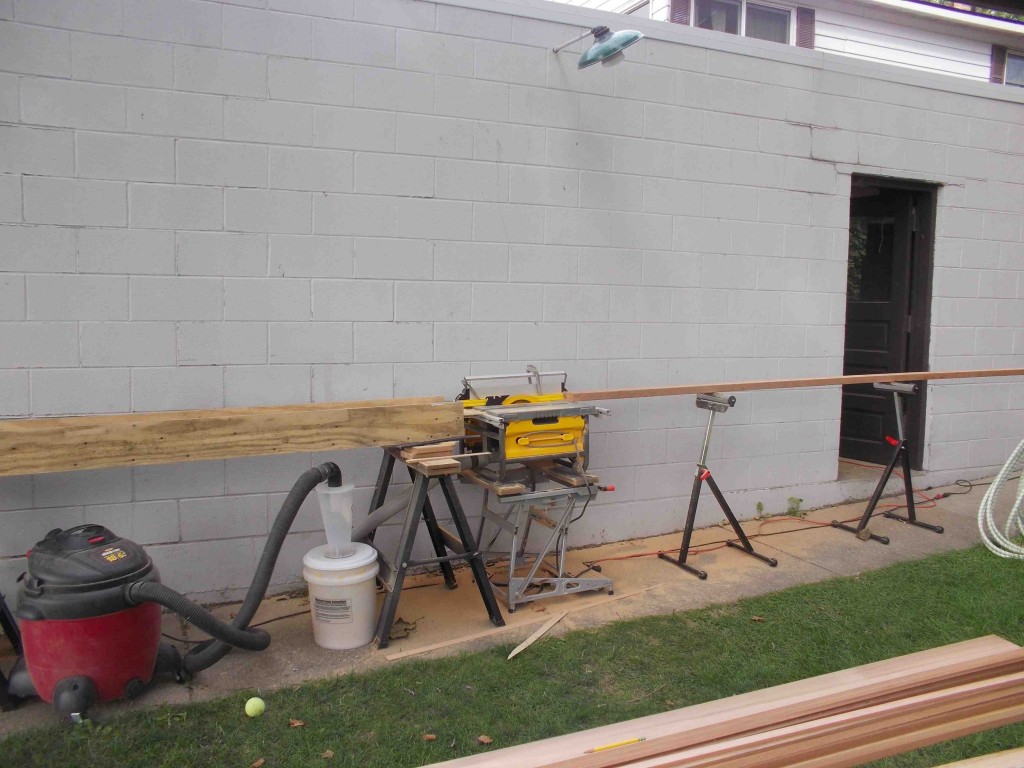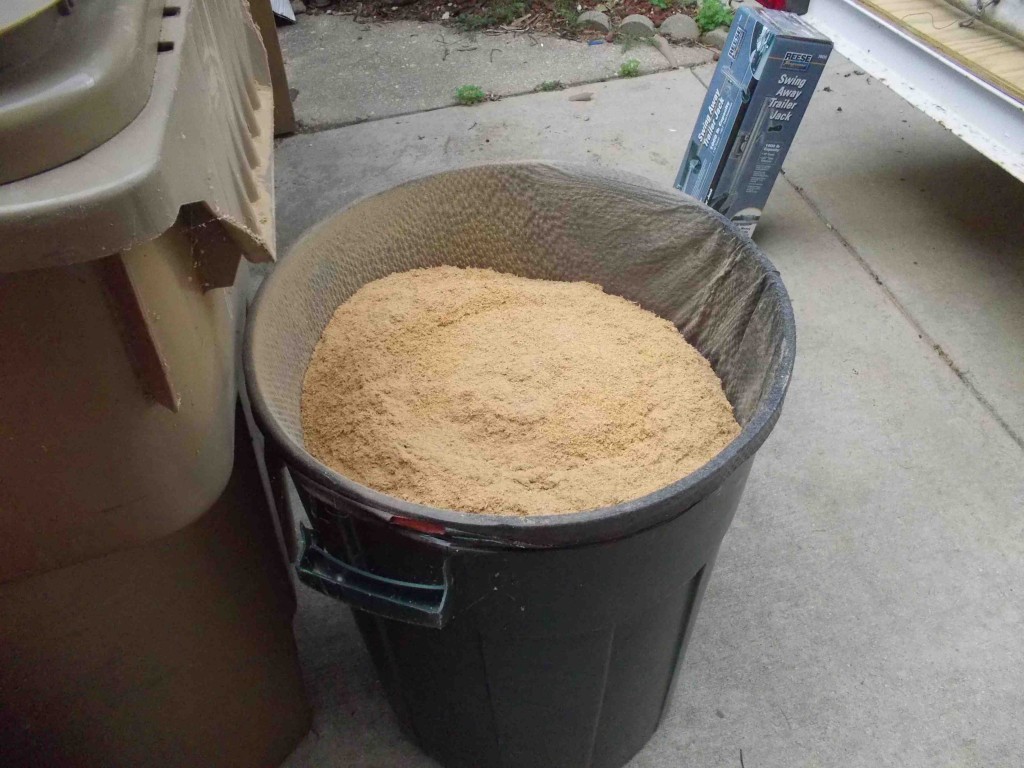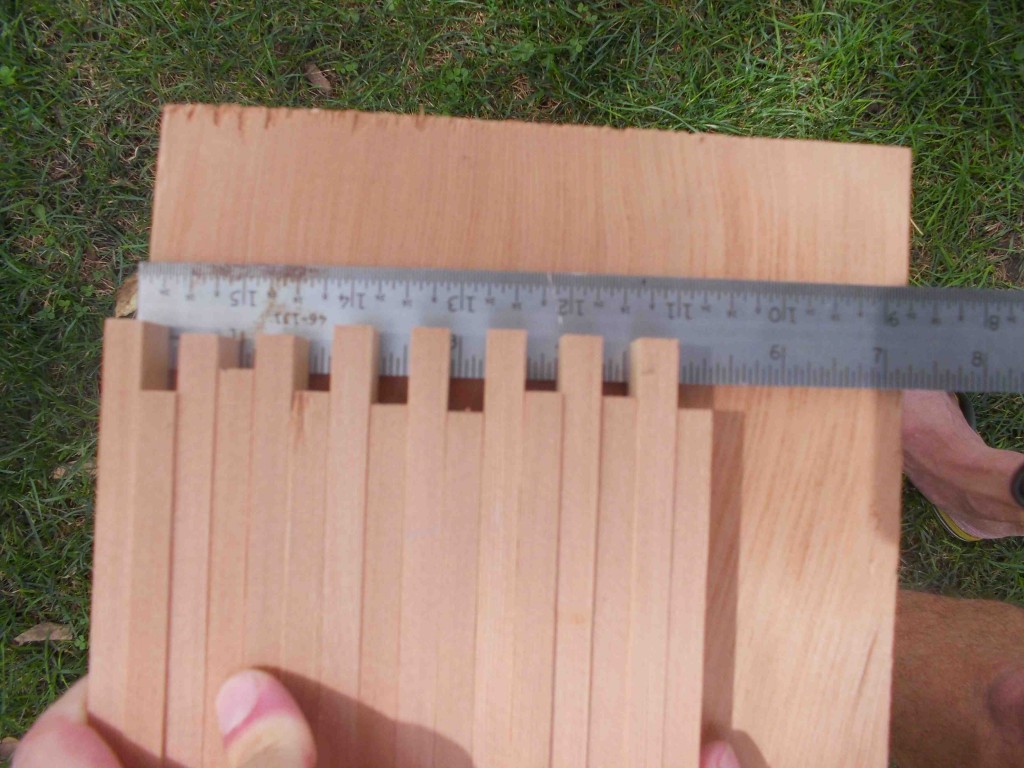The original Shadow was designed to be a cold-molded plywood hull. Since then builders have successfully experimented with many different construction techniques. I chose to go with the strip composite method simply because I have experience building smaller boats using this technique. I have a high level of confidence that I can build a fair hull. Price wise I actually think it is about 30% more expensive mostly due to the extra epoxy to sheath the whole hull as opposed to just the bottom.
Note: now that I have finished both stripping and fiberglassing both hulls I can say that I am happy with my choice.
Labor for stripping a hull once you have the frames setup:
I finished each hull in about a month working most weekdays for a couple hours and weekends 6 hours a day. Basically I would set a couple strips in the morning, then a few more after work, and a last batch before calling it a day. Each time I added 1-3 full length strips depending on the placement. You have about 50 strips on each side to add.
Sanding the strips fair 4 hrs a side (you have 4 sides port, stbd, outside, inside)
Filling all the staple holes and gaps between planks 8hrs
Glassing a side 2.5hrs by myself, or 1.5 with help
Recoating the epoxy 1/2 hour a side x 2 coats per side
Filling and fairing the external hull – 3 x 4 hours (2 hours sanding + 2 hours filling)
